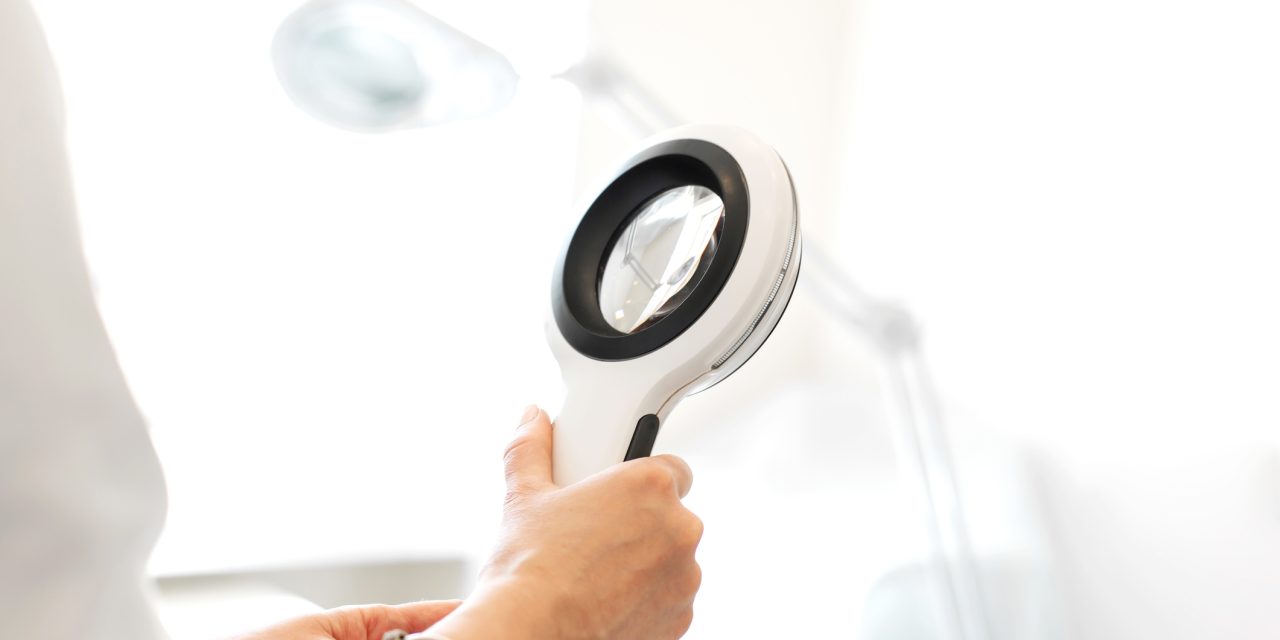Burns, whether caused by thermal, chemical, or electrical exposure, are common and often preventable. Burn injuries are most common in children. All patients with burns should undergo primary and secondary assessment, including assessment of airway, breathing, and circulation. Evaluation of the location, size, and depth of burns can help to determine the optimal setting for management. Patients with full-thickness burns, circumferential burns, or burns on the face, hands, feet, genitals, or perineum should be referred to a burn subspecialist. Minor acute pain can be managed with irrigation of the burn area with cool water, acetaminophen, or a nonsteroidal anti-inflammatory drug. Acetaminophen is the first-line treatment for pain associated with minor burns. Opioids are a mainstay of pain management for patients with severe burns. Prophylactic antibiotics are not indicated for most patients. Silver sulfadiazine is used widely as a topical therapy, and is a standard treatment for partial-thickness burns. Many other topical therapies are available but comparative data are limited. Goals of therapy are to manage pain, facilitate healing, minimize scarring, and achieve return to function.
Skin Infections and Outpatient Burn Management: Outpatient Burn Management.


